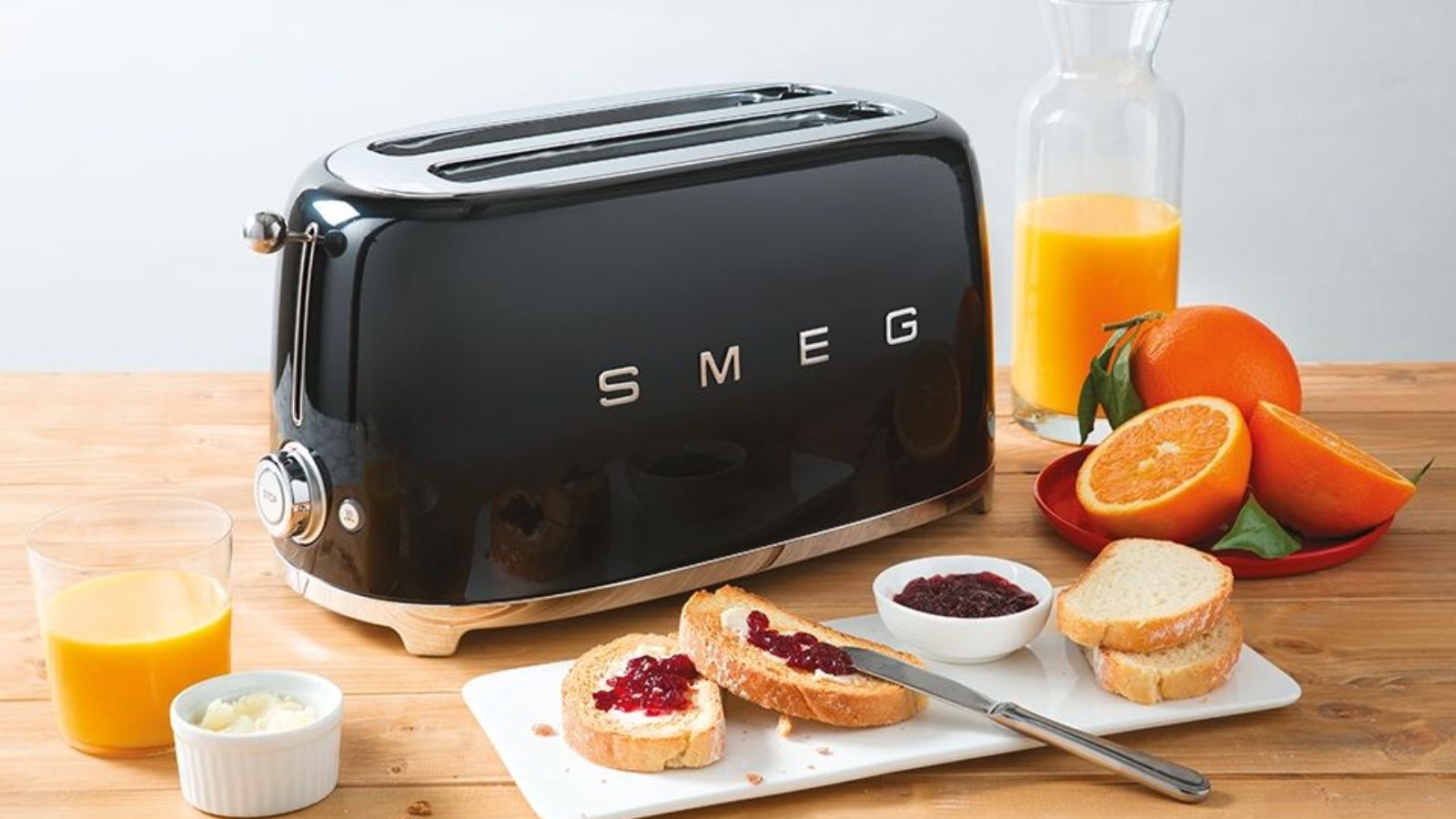
Toasters are very rarely considered to be attractive, so when I spotted Smeg’s retro range, you can only imagine my delight. We've reviewed their other two and four-slice models, both available in a range of colors and finishes, so there’s a lot to choose between.
Whilst style is important, especially with an appliance you’ll keep on show, it’s equally imperative that a toaster can do a good job of, well, toasting. To make sure that the Smeg delivers on form and function, I took the four-slice model and put it to the test.
I used the Smeg to toast everything from long slices of artisanal sourdough to bagels, fruit bread, gluten-free bread, and the obligatory pop tarts. It's definitely among the best toasters, but there are a few things you should know before diving into a purchase.
Specifications
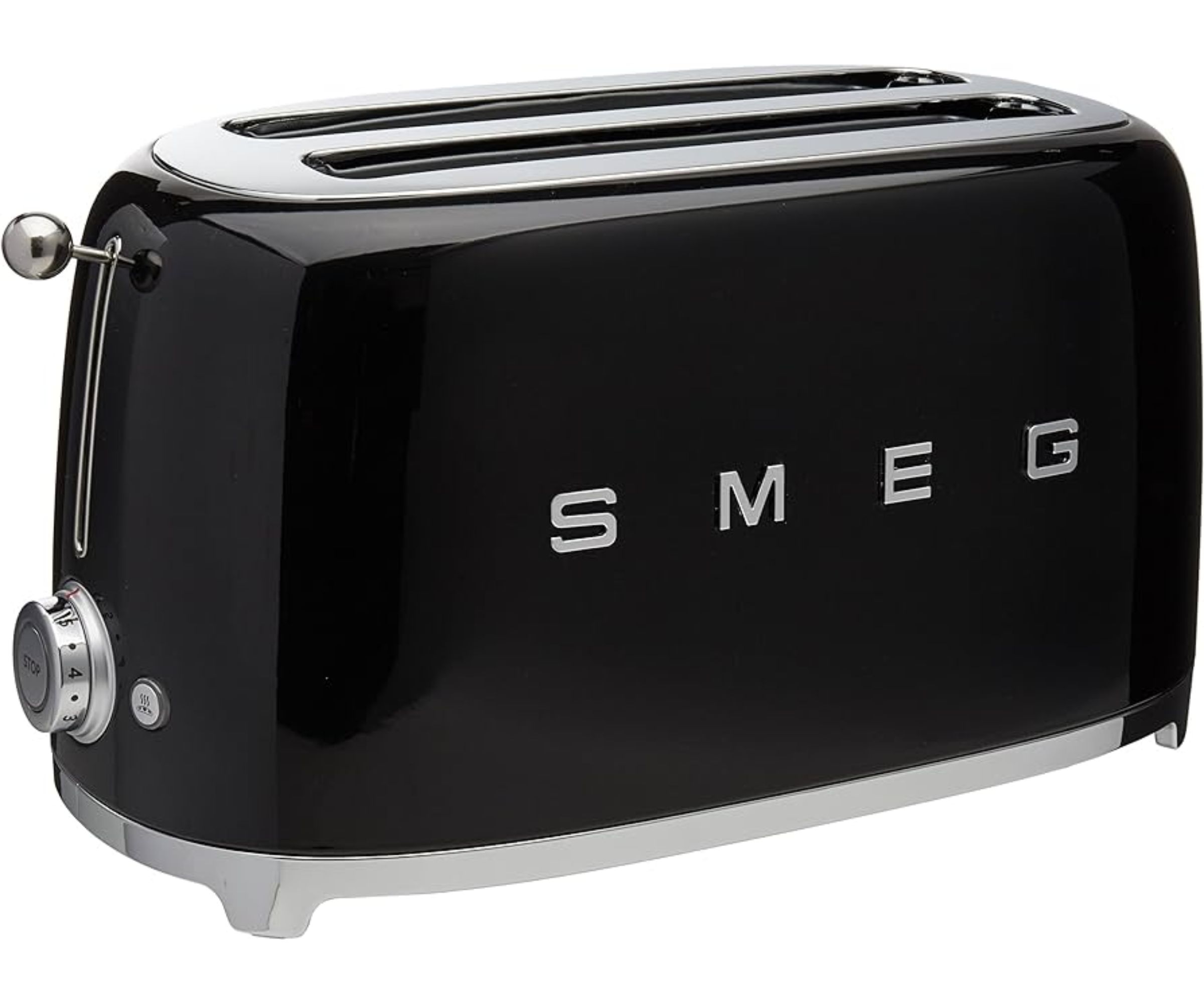
Unboxing
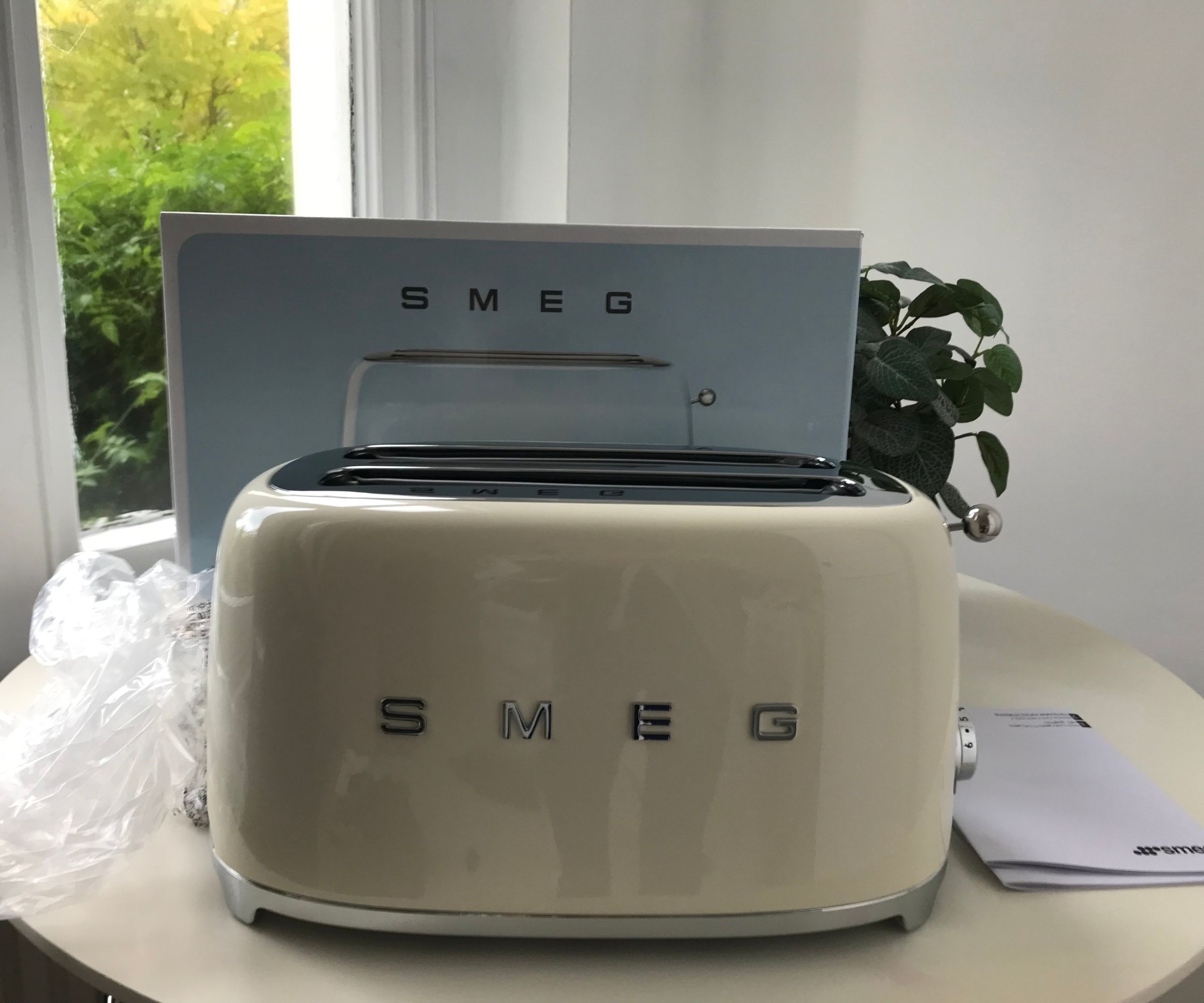
I couldn’t wait to see what this would look like on my countertop. As soon as it arrived at my door, I untucked the Smeg toaster from its (mostly recyclable) packaging and set it up. The four-slot toaster demands quite some space on the countertop, but it looks absolutely beautiful. I chose the cream colorway because it's such a classic hue and I'm glad I did. It's gorgeous.
There’s very little to do in the way of ‘prep work’. Once all the plastic wrap is off, I would recommend putting the toaster down so that it has one run-through without food in and then it will be ready to use.
Who would it suit?
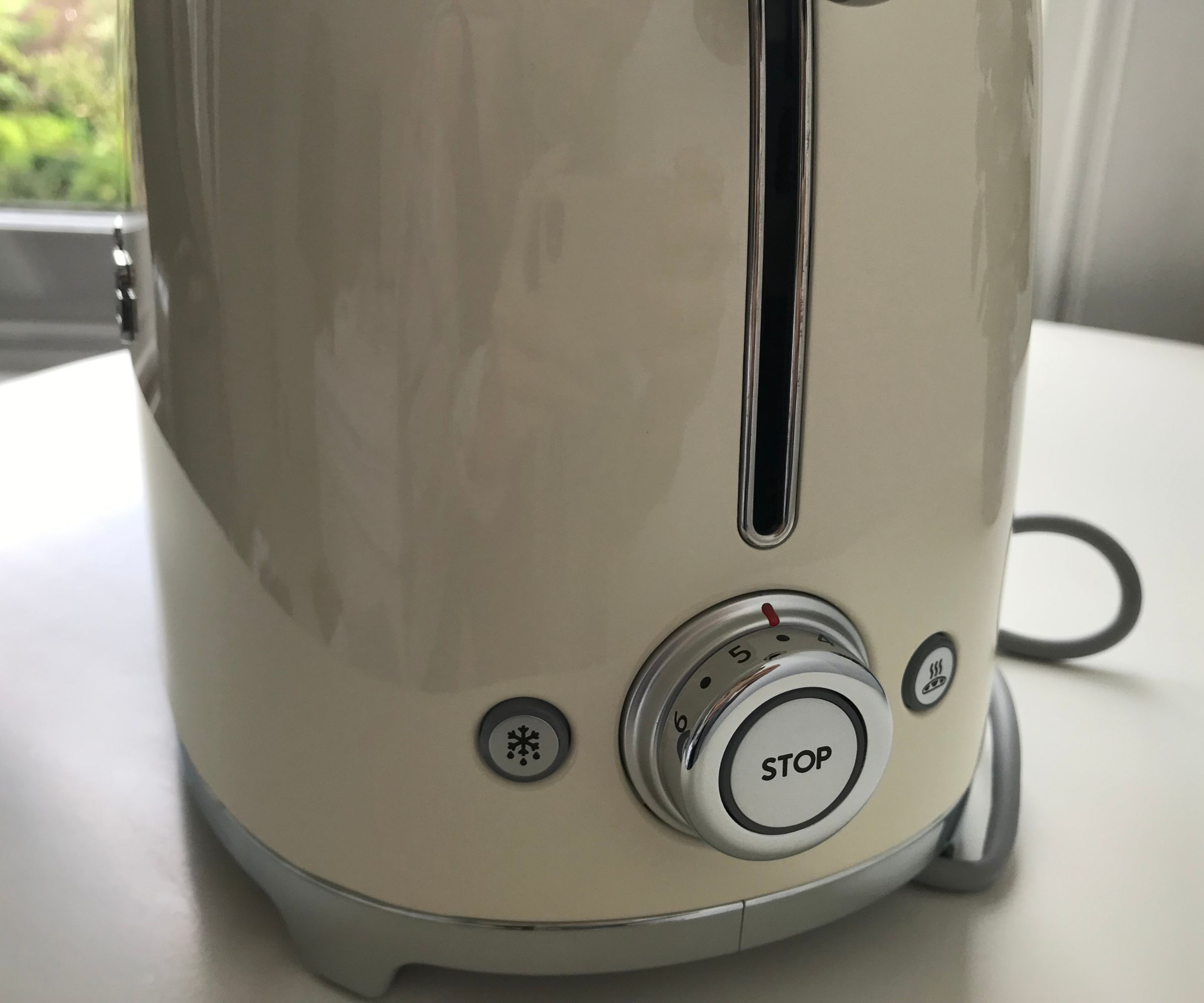
The four slice toaster is designed with larger homes and families in mind. Not only does it have a big footprint, it also has a big capacity. If you need to make everyone some toast at once, the Smeg can handle it. However, if you want to just do one piece, this will support it anyway. It’s pretty perfect.
Aesthetically, Smeg’s design suits a warmer-style kitchen. It’s colorful and curved, rather than made up of sharp, clean lines. I think it’s generally very versatile and easy on the eye. I tested this over a longer period and received lots of compliments. Toasters don’t often get much love in the appliance department, so this was a nice change.
What was it like to use?
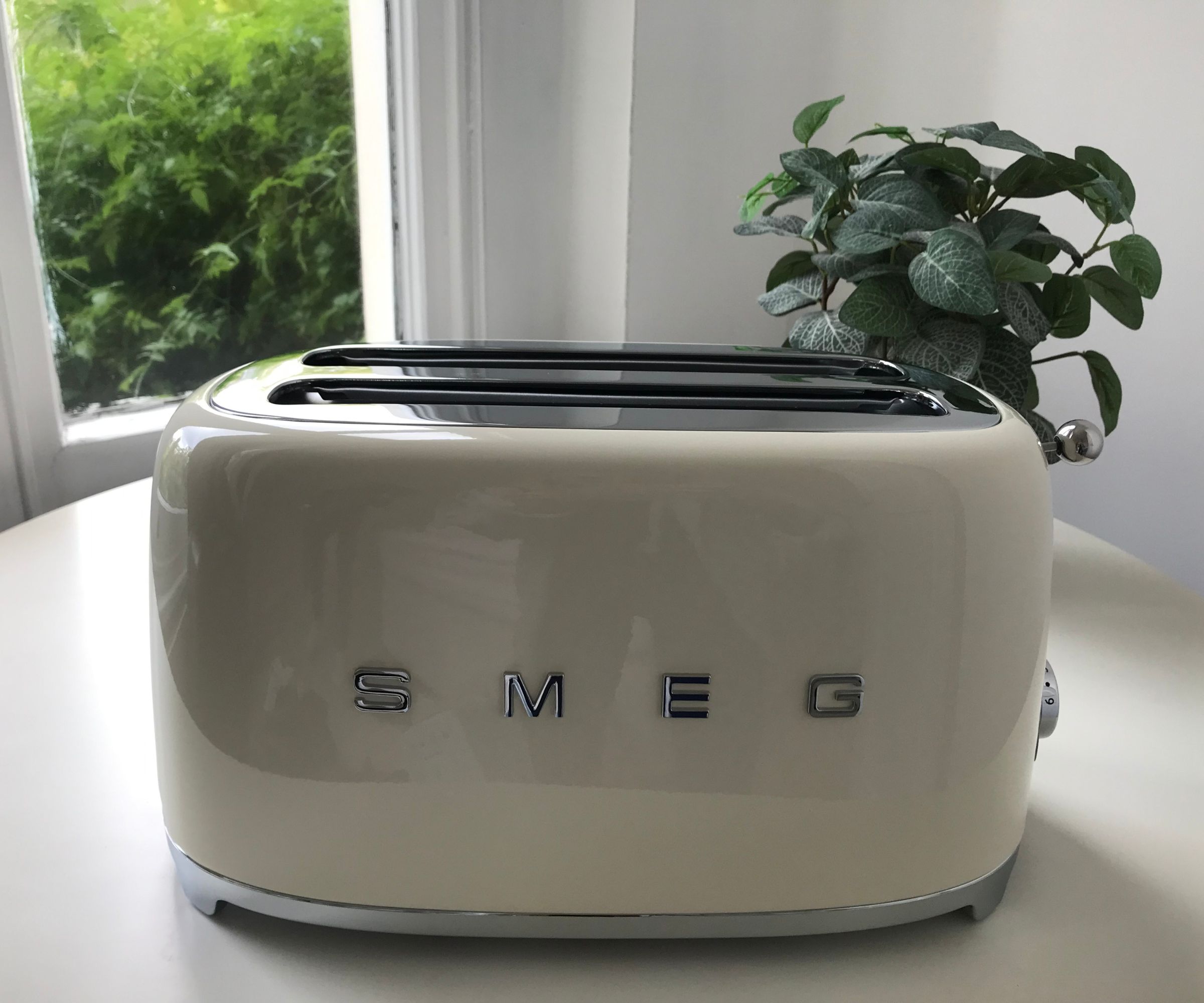
The Smeg toaster is simple. It might be too simple for some, but I like it. The levers and dials are tactile, making every move I made on the Smeg feel definite and confident. There’s a timer dial and then two buttons: defrost and reheat. The lack of a bagel setting might be disappointing for some, but I can assure you that this still does a great job of everything from bagels to fruit bread.
Test 1: White bread
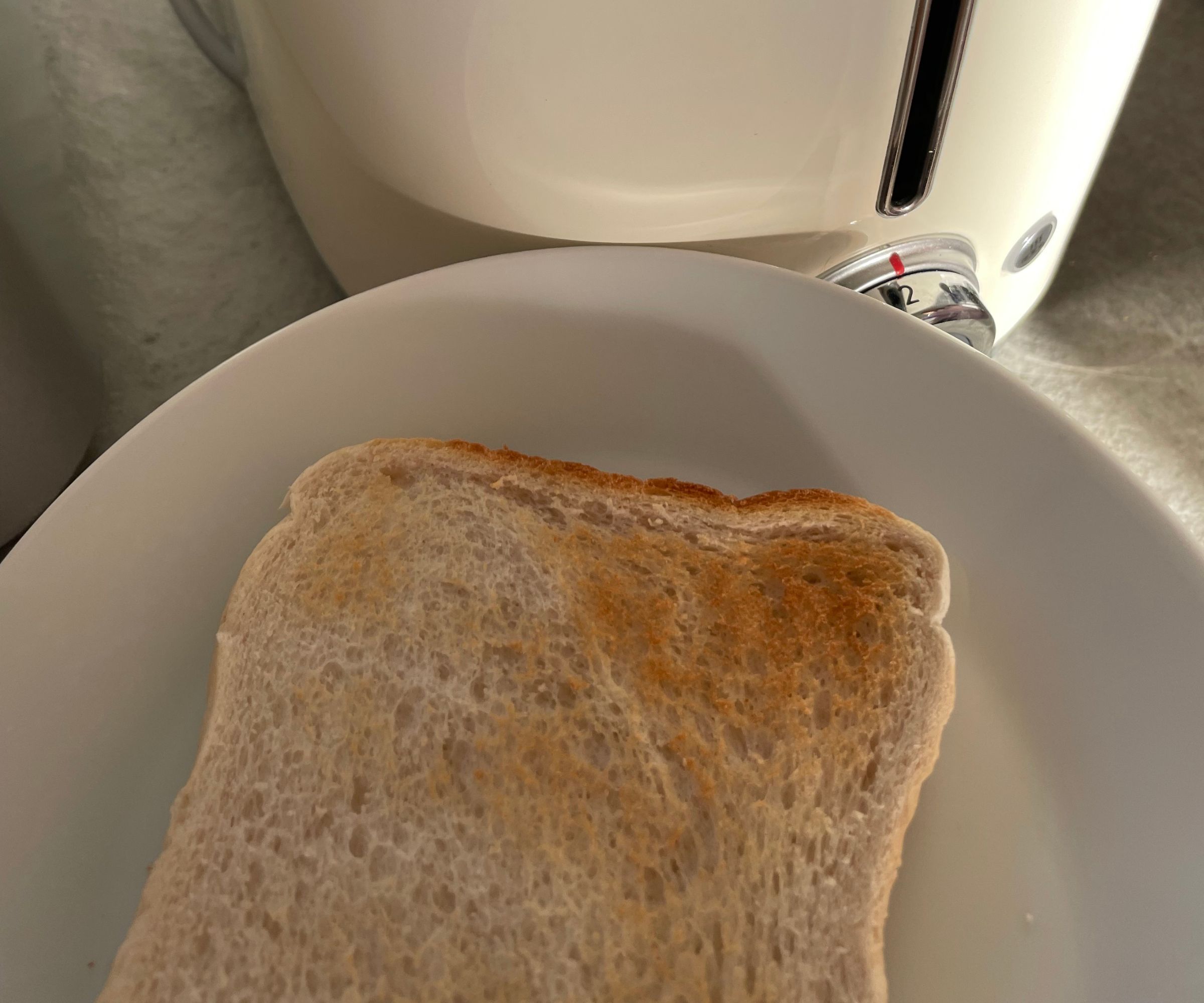
I wanted to do a basic test, to get a good measure of how this would do on some simple toast. I bought some sliced white bread and popped a couple of pieces in the toaster. I lowered them using the neat, chrome handles. The standard amount of time for a slice of bread like this would be two to three minutes, so I tested it out on two, thinking I could increase the time later if I needed to.
Some toasters come with viewing windows and ‘quick look’ functions and, whilst Smeg doesn’t have this, the wide slots make it quite easy to peek inside. When exactly two minutes were up, my toast popped up and it looked good; nicely brown on one side and a little lighter on the other. If you want consistency across both sides, you might find these results frustrating. However, once you’re eating the toast, you can’t tell. I think the difference is purely aesthetic. I also wonder whether Smeg has deliberately done this so that when toasting bagels, crumpets, and pop tarts, you can have one side well done and the other side light, rather than leathery.
Test 2: Sourdough
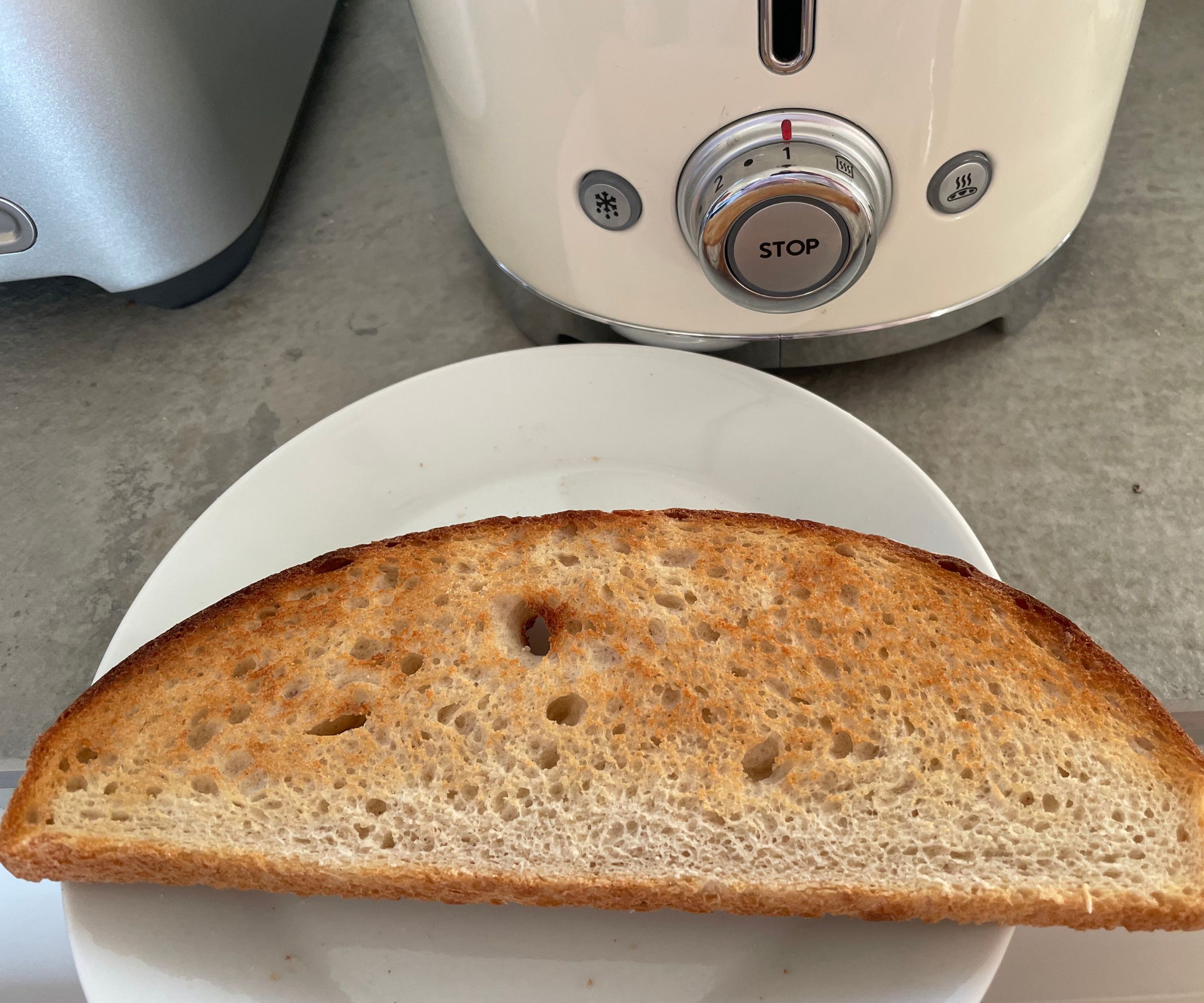
Sourdough is notoriously difficult to toast: it doesn't brown easily and artisanal slices are often too long for most toasting slots. Smeg combines their capacity for four slices of toast into two long and wide slots, meaning I could put a really long piece of sourdough into toast with no problem. I've not tested a toaster with that kind of capacity before.
I gave the sourdough three minutes, but the toast still needed a little more. Adding one minute (which actually only took 56 seconds) to the dial, however, meant that my sourdough was overdone. It was nice and brown at the bottom, but a bit too crisp at the top for me. The toast itself was also really hot. It melted the butter off my knife and had it running across the toast and pooling into the air bubbles on my slice. This resulted in a beautiful piece of toast though. It wasn't too dry or crispy, the inside still had some nice spring to it too.
Test 3: Bagel
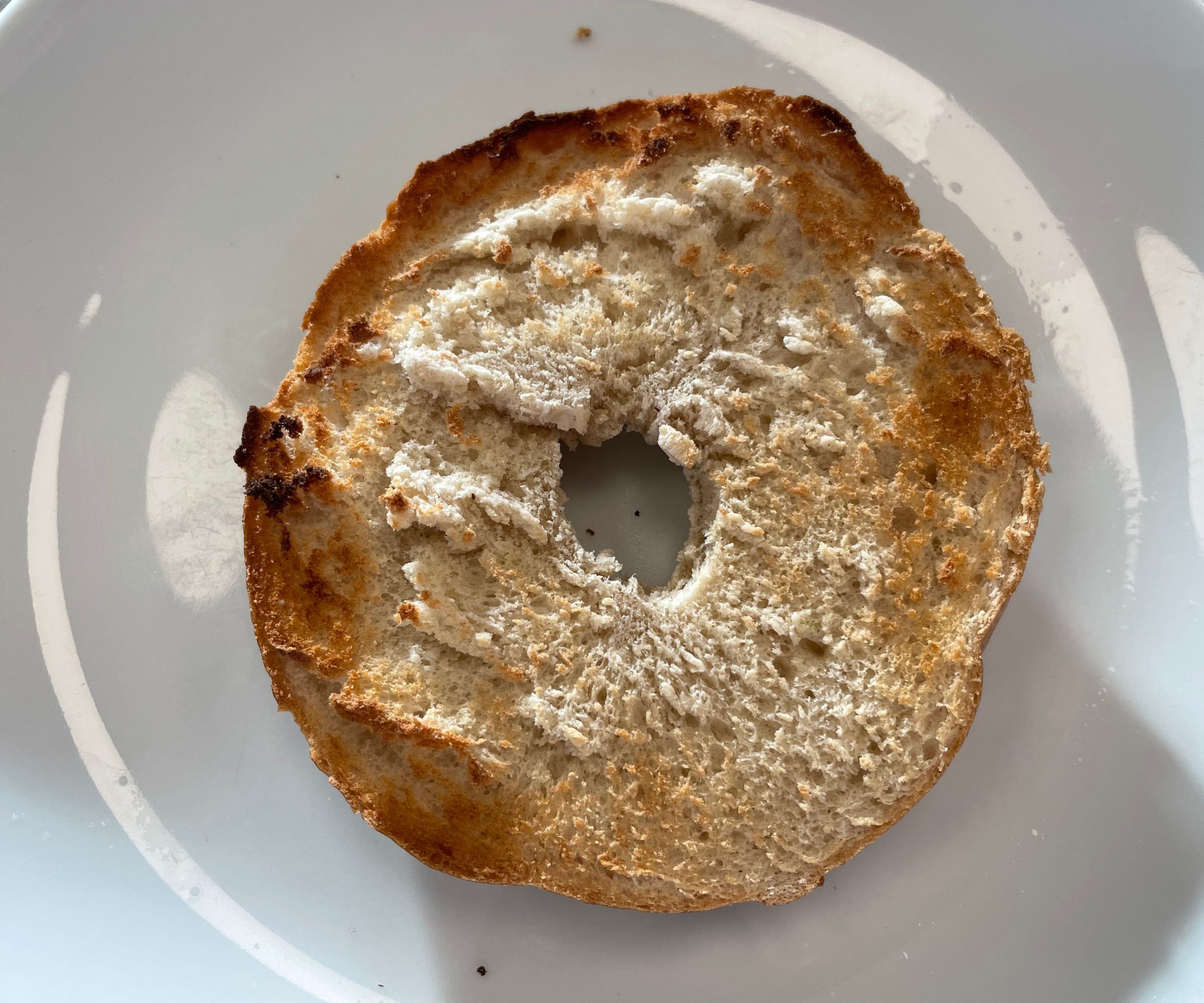
Even though there's not a specific bagel setting for the Smeg, it did a really good job of toasting a whole bagel. I placed the slices in with the steamed outsides facing the edges of the toaster. In a minute and 52 seconds, they popped up, evenly browned, nice and warm. Even though they were hot and golden, the exteriors weren't overcooked or made too leathery. The inside was still doughy and delicious.
I wanted to make sure that I wasn't blinded by Smeg's beauty, so got one of the experts to toast half a bagel in the Smeg and half in Breville's Die Cast toaster (which has a specific bagel setting). I couldn't tell the difference between the two and neither could our other tester. Even though there isn't a bagel button, Smeg is doing an excellent job of toasting bagels.
Test 4: Gluten-free bread
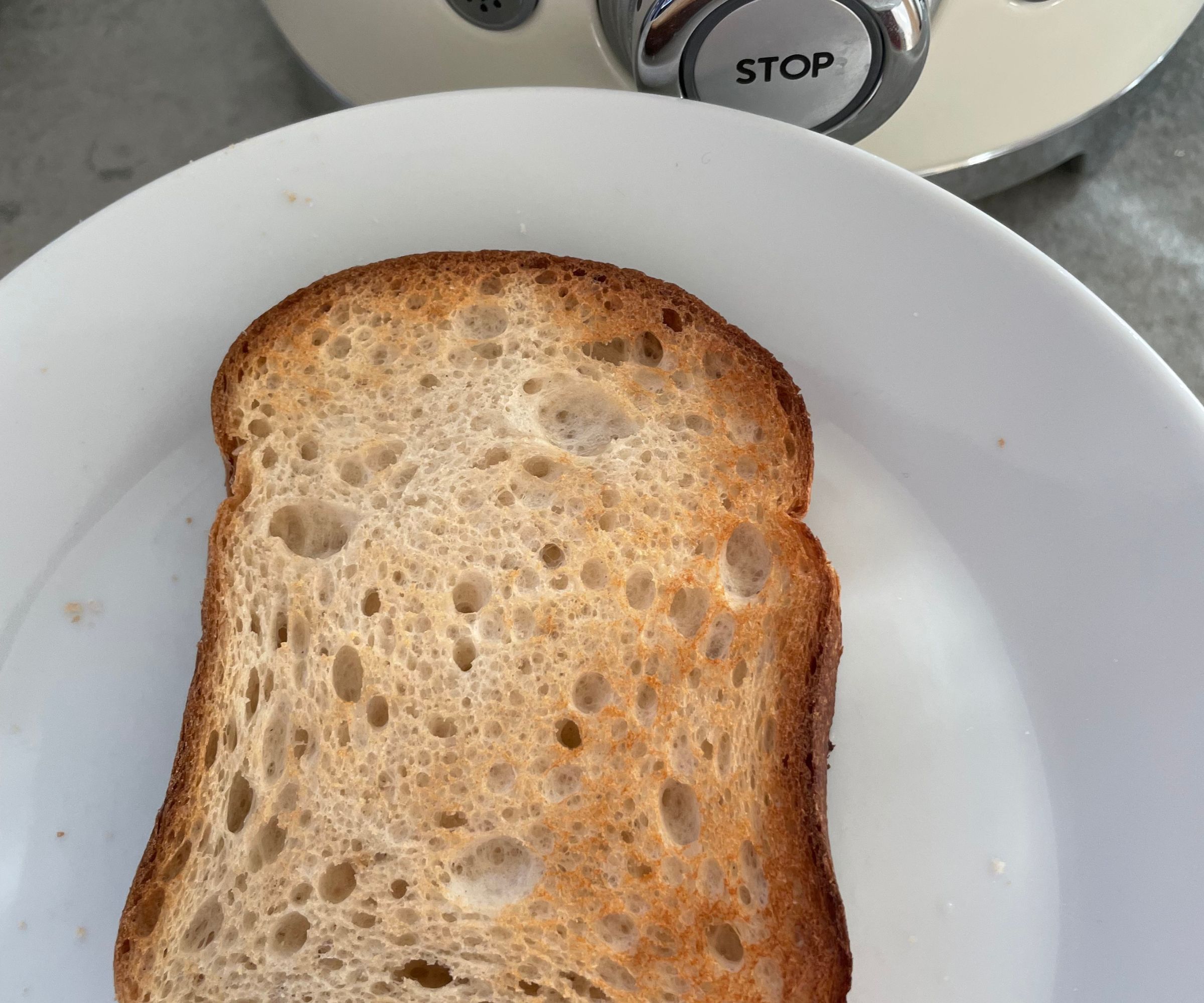
I'm always apprehensive about toasting gluten-free bread because it behaves so differently from standard bread. I bought a pre-sliced, white loaf and popped four slices into the Smeg. At one minute and 49 seconds, all the slices popped up. These are about half the size of a normal slice of bread, but the Smeg has enough lift to make them easy to take out. If you have any awkwardly shaped pieces of bread, you can always place them in the (provided) toastie tongs, which keep all small pieces together.
All four pieces of gluten-free toast were evenly toasted after under two minutes. The Smeg was a little bit too powerful here and I think they were close to being overdone. However, they were still enjoyable to eat, warm and crunchy on the outside, but still soft and spongy on the inside.
Test 5: Fruit bread
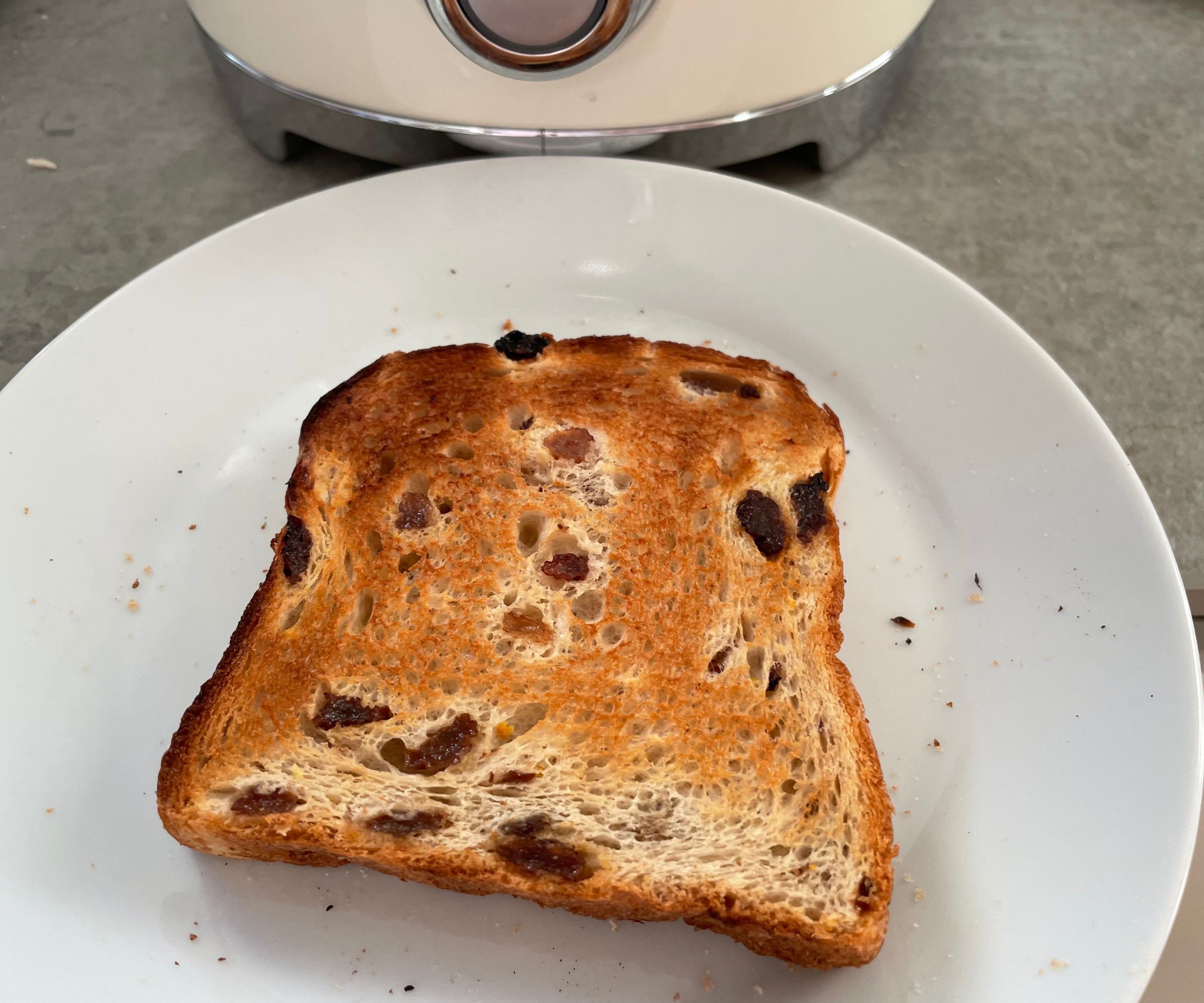
There's no delicate setting for fruit bread, so I was a little apprehensive before toasting this in the Smeg. I placed my slices in for just one minute and when they popped up at 54 seconds, they were perfectly golden. No parts of the toast had caught or burnt and the whole slice had been warmed through. I couldn't fault it.
I even tried frozen fruit bread to see whether the heat could get right through. There's a defrost button on the Smeg, so I pushed that, lowered my fruit bread in, and within a minute and a twenty-two, it popped up, perfectly cooked, again. As long as you err on the side of caution, the Smeg will deliver delicious results, even on more temperamental toasting types.
Test 6: Pop tart
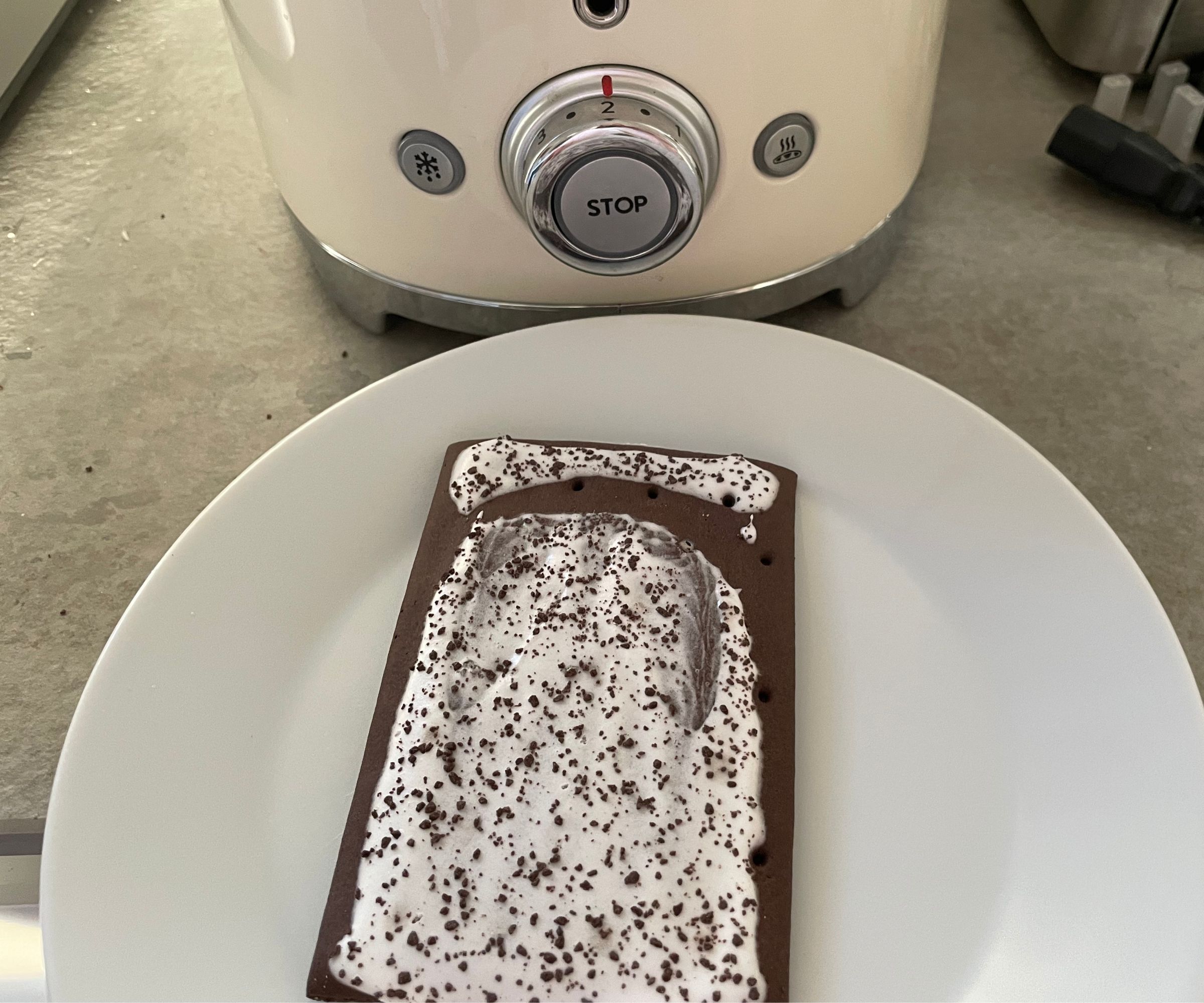
A serious test for any toaster is pop tarts. I was testing a heavily iced 'Cookies 'n' Cream' flavor and was concerned I might lose some icing to the crumb tray and heating elements. I kept the heat light and popped the tarts up after two minutes. They looked good and felt warm, so I cut them in half. Inside, the filling was steaming, oozing out, looking delicious. The outside was crumbly and warm too. It was a real success.
Cleaning, storage, and maintenance
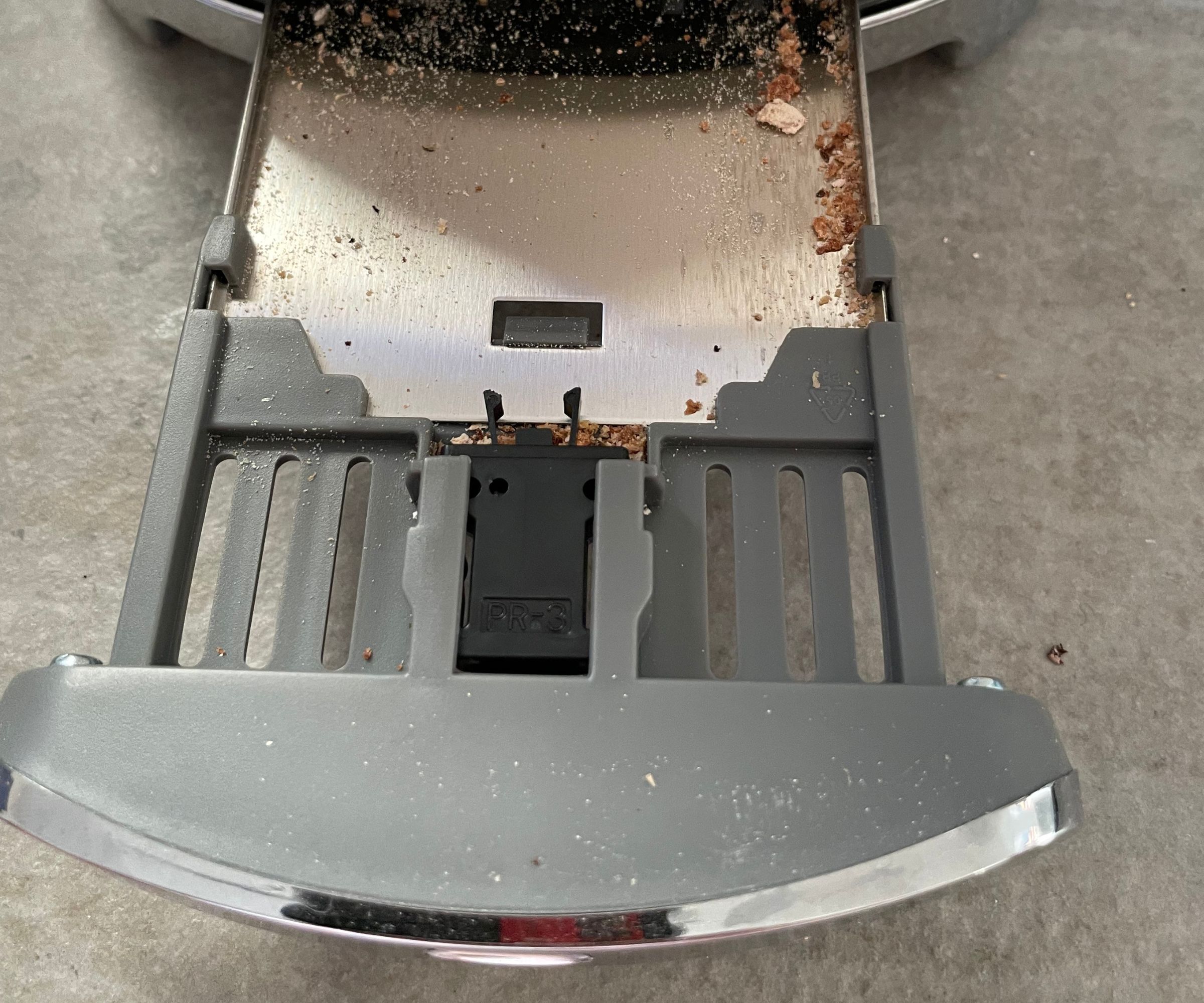
The Smeg is really easy to clean and maintain. The crumb tray pops out and empties all your crumbs neatly into the trash. The shiny exterior didn't get greasy or marked throughout all of our tests. Not even the chrome finishes needed polishing.
As for storage, I think it's a crime to pack this away. It looks beautiful on the countertop. There's even storage management underneath so you don't end up with a long cable on the countertop. However, if you do choose to pack this away, it's quite light. The only thing to consider is that it's long too, so it will demand a considerable amount of cupboard space.
How does it rate online?
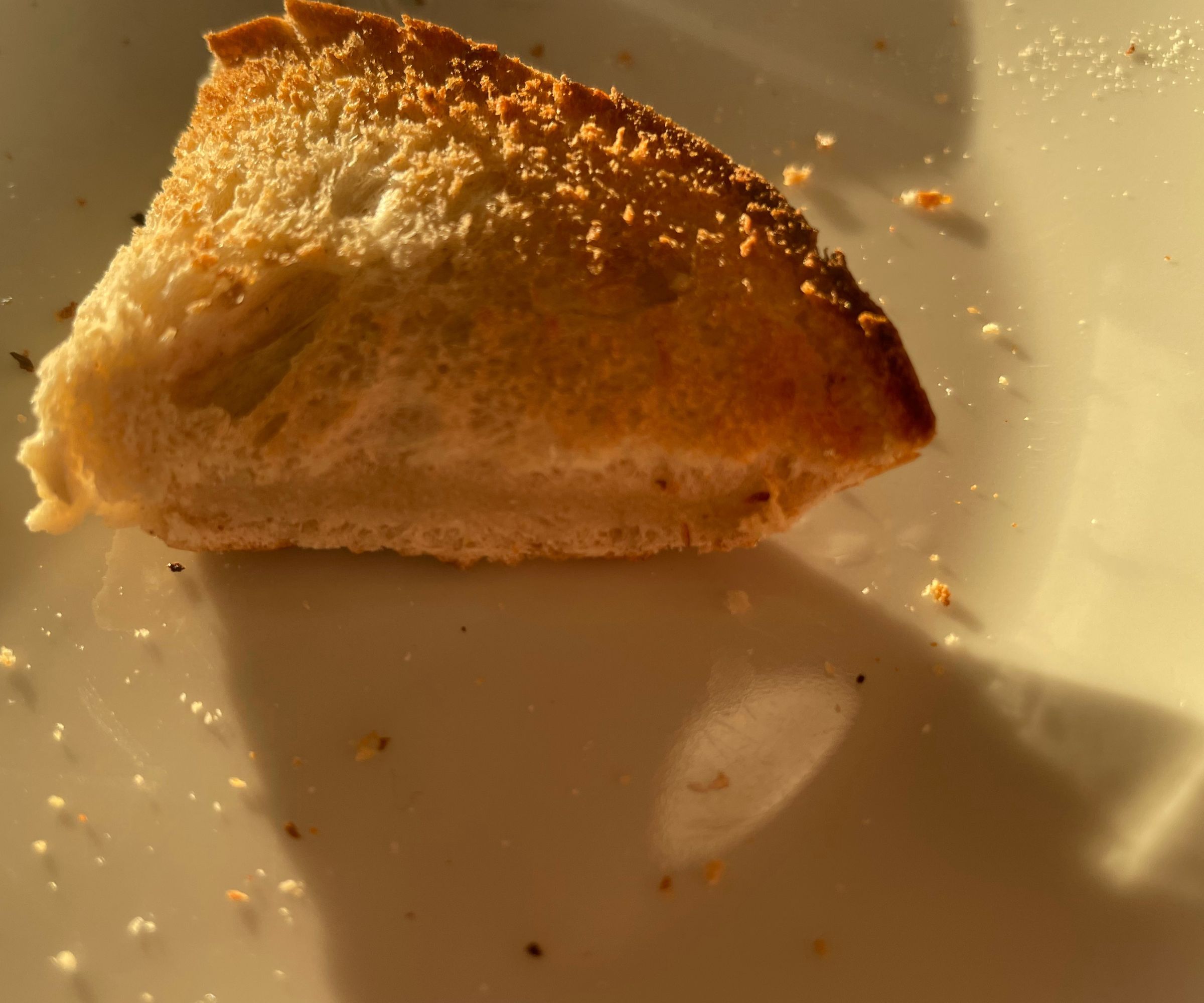
As you might expect, this is popular online. People praise the appearance of this toaster more than anything. 'Fancy', 'awesome', 'amazing', and 'stunning' consistently appeared in Amazon reviews. However, people felt that it was more than just a pretty face. Plenty of people said that they were impressed at how well-built it was. I found lots of people praising this as the family toaster which they've had for years. It was also a common wedding registry gift, which is a lovely idea.
People didn't have many complaints about the Smeg, aside from the price. Even though it's well-built, people said that this is expensive for the very basic functions. Lots of people said that they wished it had at least a specialist bagel setting, although I didn't struggle with my bagel results.
How does it compare?
As a four slice toaster, Smeg is by far the most stylish option on the market. The next rival for capacity and quality is the Breville Die Cast Smart Toaster, available at Breville, which is a similar price, but not nearly as attractive. The Breville offers separate settings for each two slots, so you could toast two pieces of fruit bread at the same time as two pieces of sourdough and tailor your settings to suit them. The Breville offers four different toasting settings, which is another two on top of Smeg's fairly basic offering, showing the simplicity of Smeg's design. However, the Breville couldn't fit in the long sourdough pieces and didn't produce toast which was as consistently cooked as the Smeg's. Whilst I liked both, if I had the money in my hand, I would still pick the Smeg.
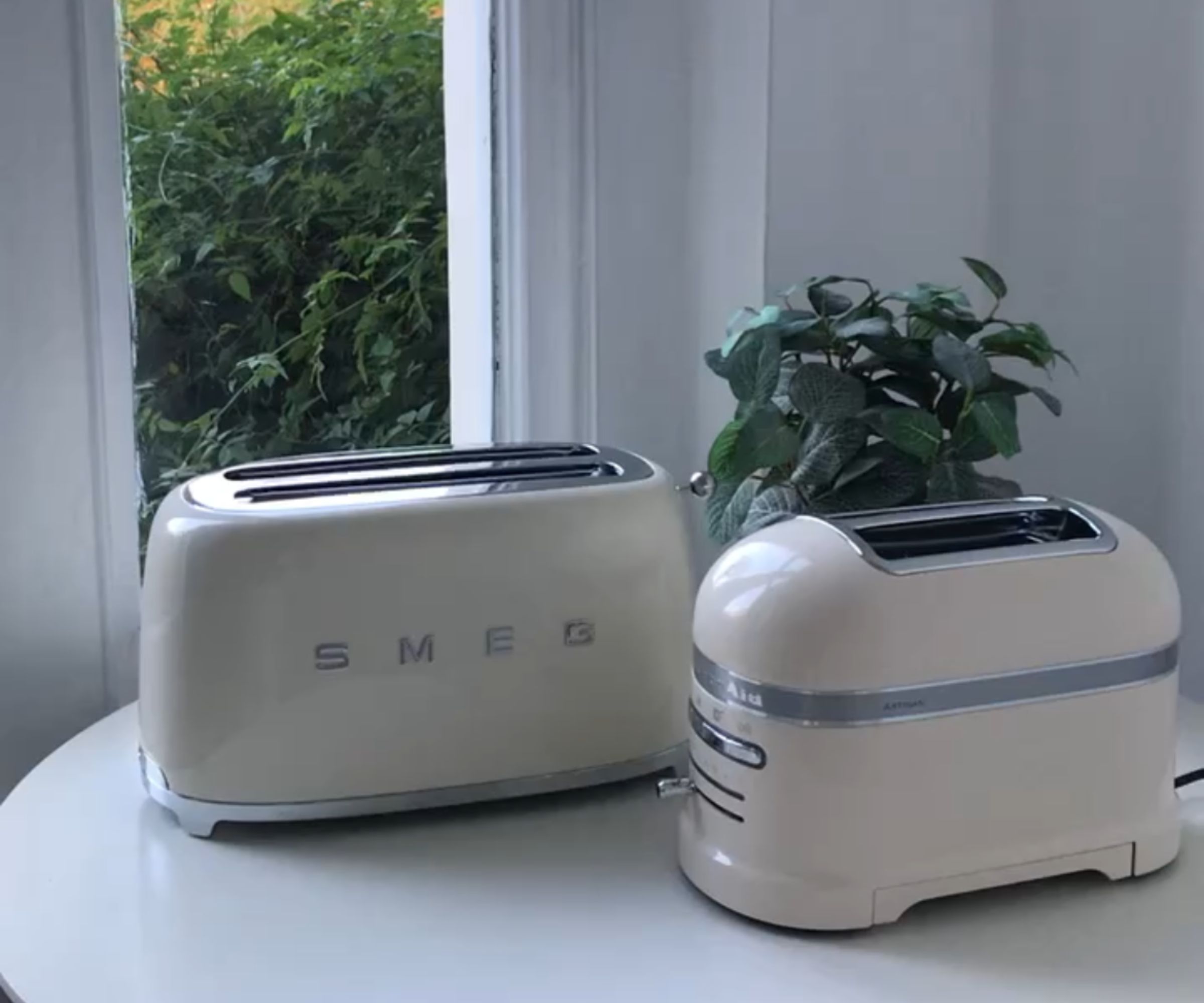
If you don't mind down-sizing, but keeping your budget high, there's the KitchenAid Two-Slice Pro Line Toaster, available at Walmart. This comes with a similar selection of colorways to the Smeg but will auto-lower and lift your toast. It also has pretty basic functions, but the KitchenAid does specialize in bagels, so if you want a more technical, but still beautiful option, the KitchenAid is worth checking out.
Should you buy it?
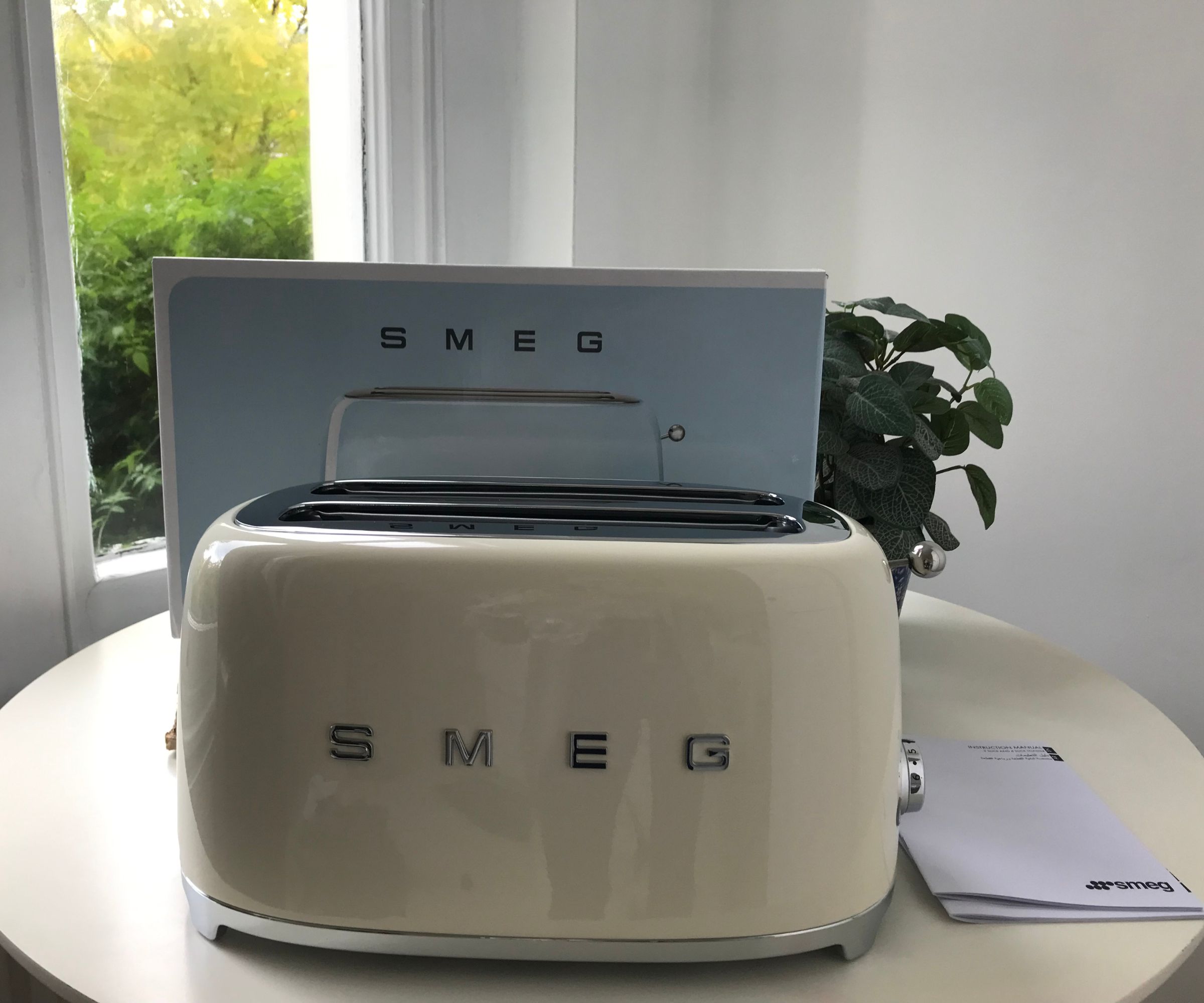
I love this toaster. I think Smeg's is the most stunning option on the market. I loved testing it out and having it sit on my countertop. It received by far the most compliments from friends and family, plus, I eat a lot of homemade bread and the slots are much more versatile for people like me. I can see why it isn't budget-friendly, but if you care about your kitchen aesthetics and you're willing to toast cautiously, you won't go wrong with the Smeg.
How we test
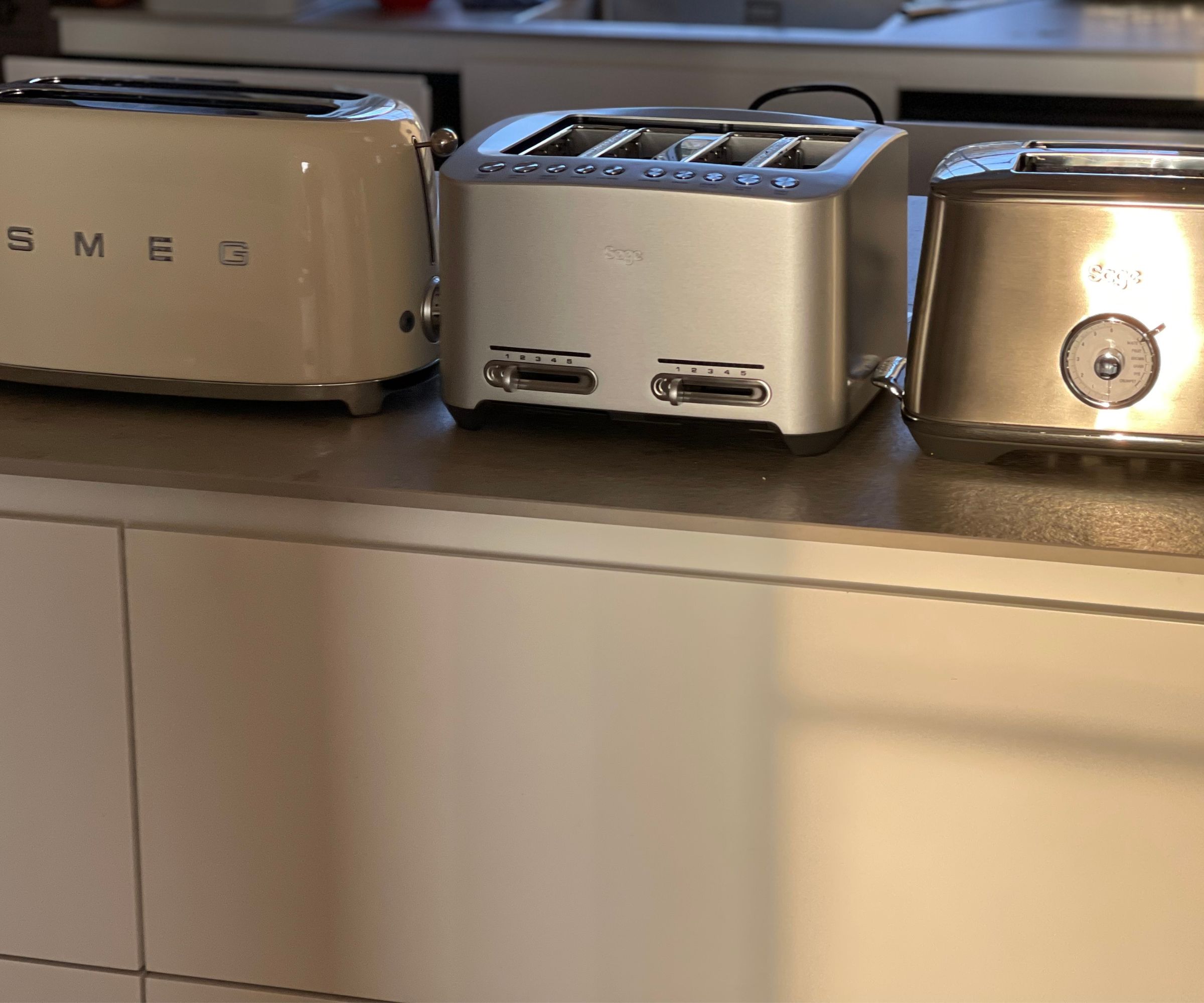
At Homes & Gardens, we are dedicated to testing our toasters. That's why we take every product we recommend into a dedicated testing space where our experts can put these appliances through their paces. Our experts use these for at least a week, sometimes more, so that we get a good sense of the long-term features of a toaster. For example, we thought auto-lifting was a bit of a gimmick on our first test day, but actually came to love it by the end of the week. Or, with the Smeg toaster, Laura baked a loaf of walnut bread which was cut into thick chunks. We wouldn't have tested this if we on;y had two hours, but, over the week, we needed to (spoiler alert: the Smeg aced it).
We'll put fruit bread, gluten-free bread, bagels, pop tarts, sourdough, frozen bread, and white bread through the toaster, testing how well it performs on even the trickiest of tasks. We use white bread. It's a staple; gluten-free bread because it can be notoriously temperamental, as can enriched, fruit bread. We'll also look at tougher tasks, such as sourdough, which takes a while to brown and can easily become too tough to bite. Bagels need to be toasted on different levels on different sides, so we make sure to test them too, even if there's no bagel function. Conversely, pop tarts can crumble and burn into sticky messes, so it's crucial to test (and taste) them.
Our experts look at how evenly toast is cooked, both on the outside and through the cross-section. We'll see how well spreads melt on them, as well as how they taste in our mouths. With toast, it's all about texture.
Whilst all that is happening we time how long each piece of toast takes to achieve the perfect level of golden-brown goodness. That way, you know whether it can fit into your busy morning routine, or whether it's a toaster to bring out on a slow Sunday.
Whilst we are toast-obsessed, our team also makes notes on aspects such as aesthetics, cleaning, storage, and maintenance, so you can envisage how these appliances would fit into your kitchen. A heavy and ugly toaster, even if it makes a delicious bagel, just won't cut it for some.
If you're interested to learn more, you can visit our dedicated page for how we test.







